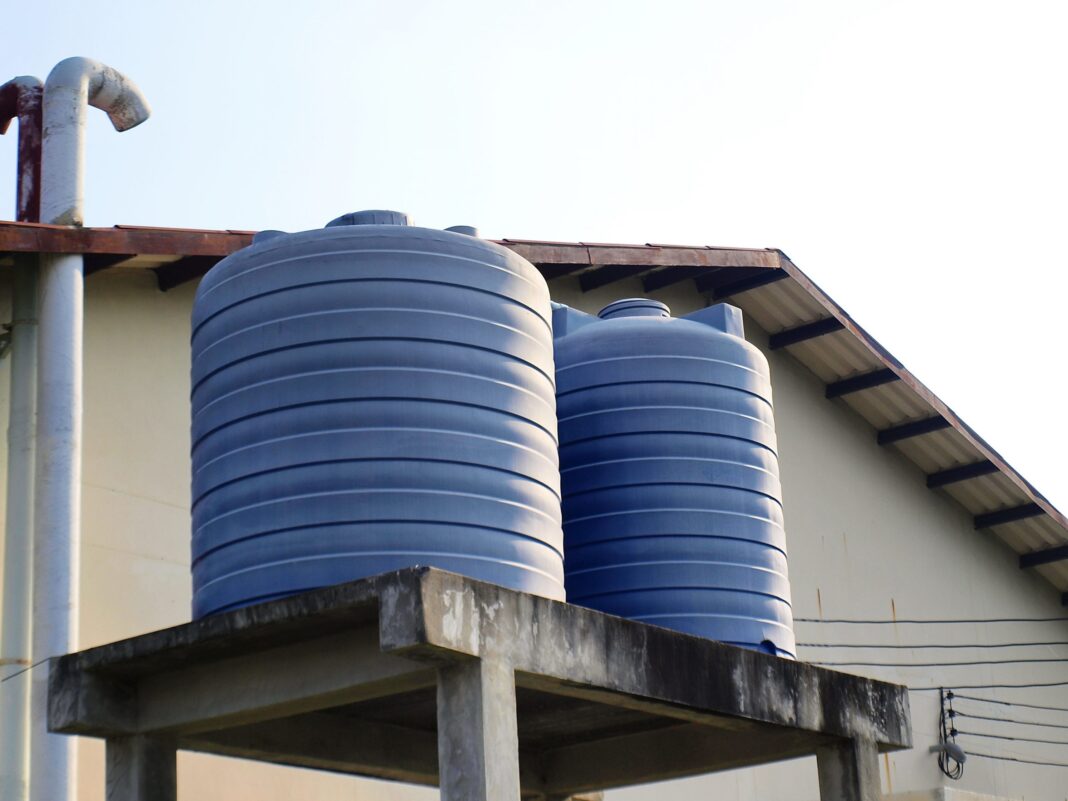Tanks are an age-old concept for storing pumps, wells and rainwater. The maximum population generally uses plastic tanks due to UV resistance, food grade quality, long life, corrosion and environmental resistance and multiple other properties. These tanks are available in the market in different sizes, shapes and capacities. However, they all are always cylindrical.
Why are plastic tanks always cylindrical in shape?
The cylindrical shape of plastic water tank holds scientific reasons listed below:
The plastic water storage tank’s cylindrical design allows the water to impose a consistent tension distribution around the tank’s wall. Allowing the water tank to last longer since the water pressure is equally distributed throughout the inside walls in all directions. Additionally, it makes the provision of water through pipes quite simple, regardless of location.
This shape has the highest volume and lowest surface area. It enables maximum utilisation of the material and easier cleaning due to the round structure.
On the contrary, square or rectangular shapes do not allow even distribution of liquid, causing stress, which may eventually result in fractures, leakage, bends and corrosion.
Corners from other shapes offer resistance to the flow of water, causing stagnancy, which will eventually result in microbial growth and insect breeding ground. The flow of tap water will also be high in the presence of a circular base.
The round shape of the tanks helps pass high-speed winds during storms and extreme environmental conditions. In otherwise conditions, the winds might uproot the structure.
Which is the best position for a tank?
A tank can be installed above or under the ground. Its ideal position depends on the installation location and the owners’ suitability. The two types are discussed as follows:
Aboveground water tanks
Aboveground tanks can be installed at the ground or on heights. They are easy to install and maintain, considering cleanliness. Aboveground tanks need less plumbing than underground tanks and can also be used for rainwater harvesting. They do hold a few issues, but those can be easily countered.
For instance, certain animals, monkeys, migrate in India from one place to another during summer, creating menace with tanks. Enclosures with steel or heavy objects can prevent the mess. Additionally, extreme environments may change the temperature of the water and damage the tank’s structure. However, thick-walled plastic tanks combat the issue commendably.
Underground water tanks
Installing the tank underground saves space, provides insulation to water temperature in extreme weather conditions, and protects tanks from extreme weather conditions. However, they are costly due to digging and plumbing. Also, using underground water tanks against gravity will require pumps, increasing the electricity cost. Developing cracks, fractures, or leakage is also expensive for such tanks.
Types of Materials used in Water tanks
Tanks are made of steel, fibreglass, plastic and concrete.
Steel
Steel tanks are of three types: steel liners, galvanised steel and stainless water tanks. These tanks are capable of holding high capacity. Although these tanks are well renowned for their ability to resist corrosion, it is not always completely resistant to rust. Alloys made of stainless steel can corrode if the circumstances meet the criteria for improper handling. Additionally, they are expensive compared to other varieties of water tanks.
Fibreglass
Fibreglass tanks are stiff and rigid and lightweight and thin. They hold food-grade coating and hold the capability to minimise algae growth. However, they have been observed to be brittle and cracked.
Concrete
Concrete tanks contain lime which can leak into the water modifying its pH and taste. They are made either as pure monolithic concrete or Ferro concrete. These tanks hold the advantage of giving any shape according to the geography and environment of the location.
Conclusion
Plastic tanks are made of polyethene with linear or cross-linking. They prevent UV penetration, are tested and certified by organisations, can withstand extreme environmental conditions, and are lightweight and non-corrosive. These are highly preferred making them the best water tanks among their counterparts.



